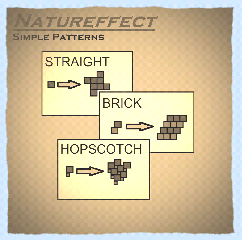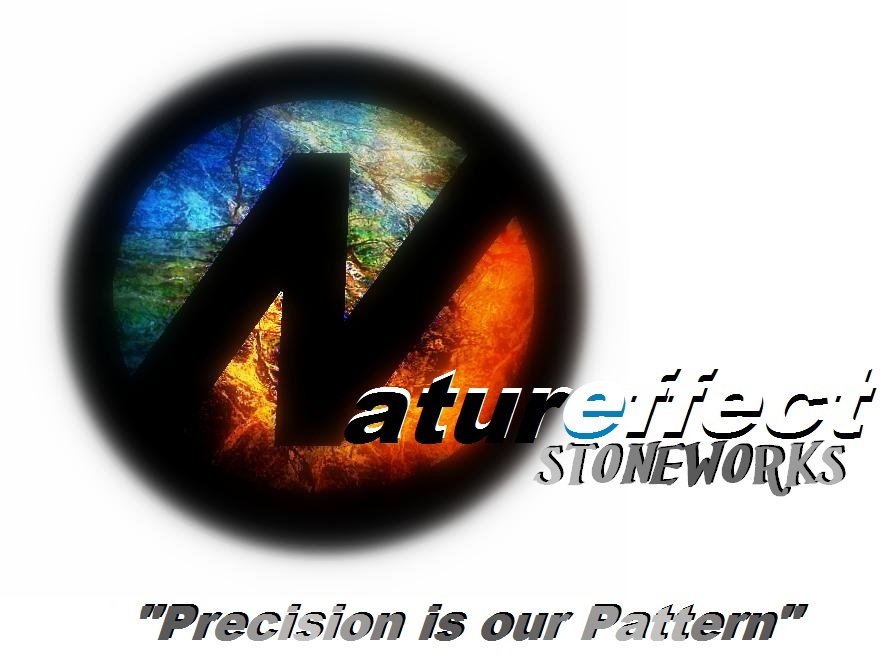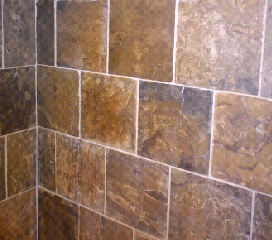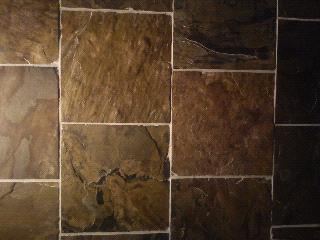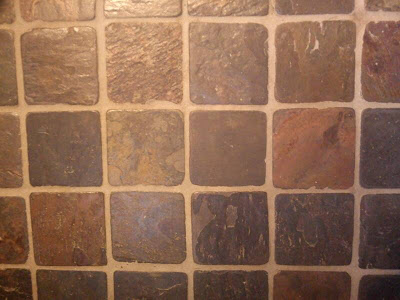Now that I have shown you the basic patterns involving squares, I would like to go into more depth with pattern concept.
The straight coarse pattern only requires a copying of the original square moving in all directions. The brick and hopscotch pattern require two squares.
- for the brick, one half stepped above or below theother moving in all directions and for the
- hopscotch, a 1/4 size square set above or below one 1/2 side of the larger square expanding out in all directions.
Next, I will show you more complex patterns that require 3 and four tiles to create the pattern, with the use of squares as well as rectangles.
